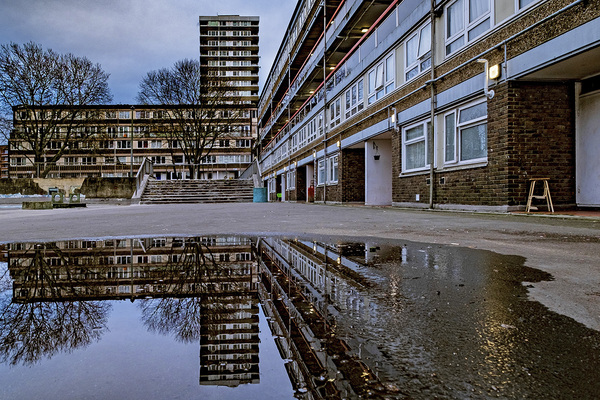You are viewing 1 of your 1 free articles
Lower benefit cap effect revealed for first time
There were 68,000 households who had their benefits capped by May this year, the first time the full effect of the lower benefit cap has been revealed.
The latest figures from the Department for Work and Pensions (DWP) show there was an increase of 1,900 households hit by the benefit cap compared to the previous quarter.
The government introduced the lower benefit cap of £20,000, or £23,000 in London, in November last year.
The policy was rolled out over three months, so the total number of households affected by the lower cap has only become clear in the latest DWP statistics published today.
There were 52,000 households (76%) who have been newly hit by the lower benefit cap and would not have been affected under the previous cap, which was £26,000 across the country.
The vast majority (71%) of households hit by the benefit cap are single parents. Within this group 37,000 had children under five years old, 55% of the total number capped.
In June this year, the High Court ruled that the benefit cap unlawfully discriminates against single parents with young children, causing “real misery”.
The cap is also affecting council budgets, with local authorities spending £15.6m extra in discretionary housing benefits last year to assist people affected by the cap.
Anne Baxendale, interim director of communications, policy and campaigns at Shelter, said: “Every day at Shelter we speak to families who tell us the benefit cap is pushing them to the brink of homelessness.
“Many desperately want to work but simply can’t make up the required hours each week due to childcare issues or insecure work like zero-hour contracts.
“The government must scrap the cap immediately, before it pushes even more families towards losing the roof over their heads.”
The DWP said since the benefit cap was introduced in 2013, 34,000 households have started work.
David Gauke, work and pensions secretary, said: “It is right that people who are out of work are faced with the same choices as those who are in work and these figures show that the benefit cap has been a real success. But behind these figures are thousands of people who are now better off in work and enjoying the benefits of a regular wage.”












